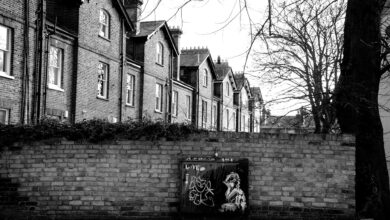The Skyrocketing Home Prices in Toronto: A Tale of Two Eras

In the 1960s, Toronto was burgeoning into the cosmopolitan city it is known as today, with home prices in Toronto that were accessible to the average family. Fast forward to the current day, and the narrative has drastically shifted, with soaring home prices in Toronto pushing the dream of owning a detached home out of reach for many. Toronto’s real estate market has undergone a seismic transformation from the halcyon days of the 1960s to the present, reflecting broader economic and societal changes.
Toronto’s Housing Market
Back then, Toronto’s housing market was a different landscape altogether. The average price of a detached home was within the realm of affordability for families with average incomes. It was a time when a single income was often sufficient to support a family and purchase a home, with mortgage rates and home prices aligning more closely with the median family income. The city was expanding, and neighborhoods that are now considered prime real estate were just developing, offering ample opportunities for new homeowners.
“In 1963, my dad had his first job out of teachers college and my mom worked part-time in a bank,” writes Mark Bourrie, a prominent Canadian author and media critic. “They could afford a three-bedroom house in the quaint suburbs. Now, they would have needed all their net income for seven years for a down payment and about $8000 a month to carry it.”
Indeed, the Toronto of today paints a starkly different picture. The city has become one of the most expensive housing markets in Canada, with detached homes often carrying price tags that are well beyond the reach of average Canadians like Mark Bourrie’s parents. Various factors contribute to this reality, including limited housing supply, high demand fueled by population growth, and foreign investment, which have all played a role in driving up prices.
Toronto’s Housing Dilemma: The Elusive Dream of Homeownership
The average price of a detached home in Toronto now runs into the millions, a far cry from the more modest figures of the 1960s. This surge in prices has outpaced income growth by a significant margin, creating a scenario where owning a home requires dual incomes, substantial savings, and often, financial assistance from relatives. The dream of homeownership, once a cornerstone of the Canadian middle-class experience, has become an elusive goal for many.
The implications of this shift extend beyond individual homeownership aspirations. They impact the city’s demographics, influence urban planning, and contribute to broader discussions about income inequality and housing policy. The contrast between the 1960s and today’s housing market in Toronto underscores the need for innovative solutions to ensure that the city remains livable and accessible for all its residents.
[box type=”info” align=”” class=”” width=””]Keep exploring new ideas : Investing in Rural vs. Urban Properties: What’s the Better Choice?[/box]
As Toronto continues to evolve, the conversation around housing affordability remains at the forefront of policy discussions. While the city’s real estate market has undoubtedly provided wealth and opportunities for some, it has also posed significant challenges for others, highlighting the need for a balanced approach to housing that considers the diverse needs of Toronto’s residents. The comparison between the 1960s and today serves as a reminder of the dynamic nature of real estate and the importance of creating a housing market that is sustainable and inclusive for generations to come.



